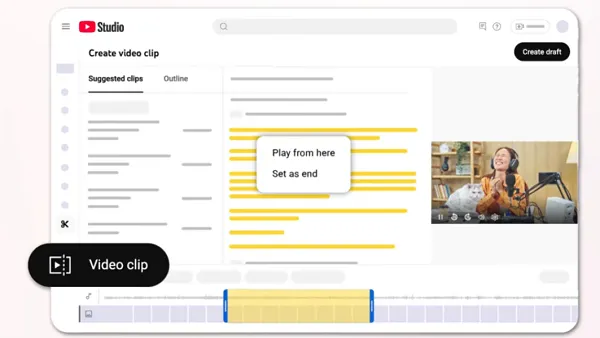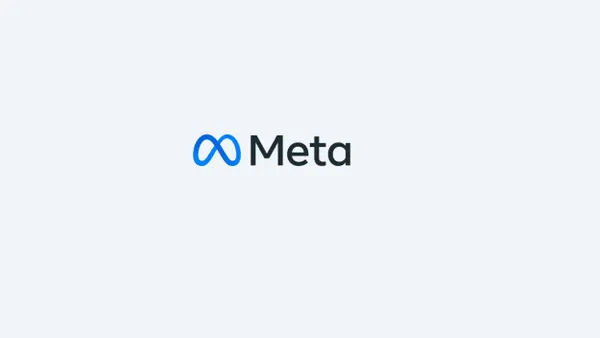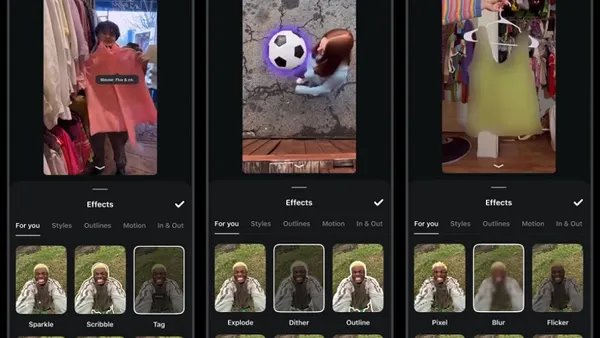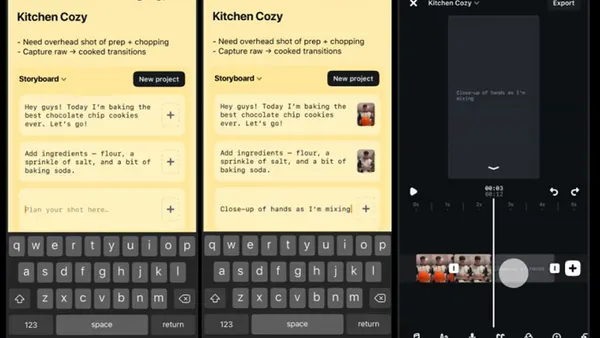
Photo: www.oweb.com
While everyone depicts the demise of newspapers, the art of news gathering has never been stronger.
We'll get this out of the way first, the newspaper industry as a distribution model is in a downward spiral. Newspaper printing and physical distribution is an expensive proposition and with circulation in decline, the money (advertisers) are moving to greener pastures. Advertisers are going online where they get broader exposure for cheaper rates with more access to return on investment numbers (analytics, click-throughs, etc). That puts the traditional newsprint model in serious jeopardy.
News gathering on the other hand, has exploded. If you consider the amount of content being created across blogging sites, video site (YouTube), podcasts, social networking sites and micro-blogging sites the numbers are astounding. What's subject, you might argue, is the quality of the content. Therein lies the problem, with so much noise (content) out there, it is much harder for traditional content creators to match the velocity (speed and distribution) that news has taken on. Journalists must fight fire with fire, not a garden hose. Interestingly enough, journalists had the exposure, the resources and the networks to be able to do exactly what bloggers and other new-age news gatherers are doing today, just not the necessity. As the early bloggers received much fanfare for regurgitating news found on the web, professional journalists resorted to this as well as a way to get the news out faster, not better.
Now the tides are turning. Journalists who understand story-telling and fact-finding are now beginning to get necessity. They are exploring new ways of developing news and planting seeds to better understand news as it happens. There are some good examples already that I got from Vadim Lavrusik, who writes for Mashable, like the living stories project between Google and NYT's and the invent of news streams, or news as it happens from sources like Twitter that break news sometimes hours before traditional media taps in.
What's missing though is the transformation. Journalists and newspapers are still doing the same things just with shinier toys and fancier widgets. That's motion not transformation. Let's stretch a bit and see what we could come up with. How about if....
- Journalists became masters of their networks. Use Twitter, LinkedIn and Facebook to manage a network of experts around any topic that might come up. Have a local chemical spill? Might help to know that there are 17 local chemical engineers and 7 local retired hazmat experts from the government within 10 miles of the accident. With all the social networking, no one is connecting the dots locally. The one who does, will become the modern day tribal leader.
- News organizations teamed with Gov2.0. Every government agency is falling over themselves to get up-to-speed in the digital world. Think of the mashups you could create with the resources of the newspaper and the data of the local government. If something happens, look who's sitting on the data streams and information already.
- Local advertising. Newspaper sales used to be the only ones in town with access to every local business. Why they did not offer every local business an enhanced listing on a Yelp type site is beyond me. There was an opportunity to take over the yellow pages and I believe there still is. Newspapers will never out Fox, FOX News, however no-one should ever out- St. Louis the St. Louis Post for instance.
- Location based services - that leads here. If newspapers were cross matching their data, they would already know what business locations were closest to me and make offers accordingly. At the same time with just a little effort, they could greatly enhance my profile by simply offering me a profile and providing me a compelling reason to say which types of food, activities and shopping that I enjoy.
These are just a few ideas that I came up with and I know when enough is enough. From here, we'll let the expert take over. Brian Dresher will be this week's moderator for the HashtagSocialMedia event. Brian brings years of journalistic experience and certainly understands necessity as the Manager of Social Media and Digital for USAToday. Brian will help us open up the possibilities of an industry under-siege so you can take these lessons and apply them to your own industry where digital is changing the landscape. This week's questions will be:
Topic: How news brands use social media and social gadgets to connect with audience
1. What role should Twitter and Facebook play in journalists engaging with users?
2. How do devices like iPad and iPhone influence news consumption?
3. How will location-based services impact future of news gathering?
Join us for this event Tuesday June 29th at noon eastern. Follow along using #sm66 from your favorite Twitter client or simply goto our LIVE page at www.hashtagsocialmedia.com/live.










